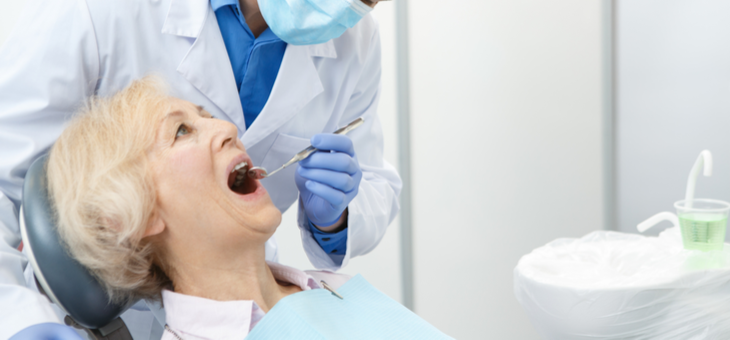When the average cost of a visit to the dentist for a simple check and clean generally costing in excess of $200, it’s perhaps understandable that an ever-growing number of Australians are choosing to travel overseas for various dental procedures.
Despite taking excellent care of our teeth, there will always be wear from the tear as we age. Fillings may loosen, cracks may appear, enamel may wear thin, teeth will discolour, crowns and implants may be required.
Even for those with private health insurance, the costs are likely to mount up.
According to the Consumer Health Forum, Australians are spending up to $300 million annually for medical treatment in overseas countries, while a recent report on ABC radio indicated that more than 15,000 Australians travel abroad each year just for cosmetic surgery, including dental procedures. Dental implants, crowns and bridges, veneers and teeth whitening top the list of most popular treatments.
In Australia, three in 10 people have avoided visiting a dentist due to cost, while one in five were unable to afford treatment recommended by a dentist, according to a report on the Conversation. “Dental care in Australia is not subsidised for the majority of Australians, and about half don’t have any private dental insurance, which makes the allure of dental tourism clear,” it says.
It also makes those all-inclusive packages for sun, sea and beautiful smiles alluring for many. But what are the risks? The Australian Dental Association offers the following warnings:
Things can go wrong
Let’s be honest – things can go wrong in the dental chair. The difference is that when the work is done in Australia, you’re close to highly trained dentists who can perform corrective procedures. But if the work’s done overseas, you may be cut off from the expert emergency care you need.
Standards are not as stringent
While Australian dentists must be registered and are required to operate in a strictly regulated environment, not all countries have the same requirements.
Infection and antibiotic resistance
Antibiotic-resistant superbugs are an increasing concern for health professionals. Previously rare in Australia, they are appearing more and more as people return from treatment in overseas hospitals and clinics that do not have the highest grade infection control standards.
Too many procedures, too little time
Many dental treatments, such as root canal surgery, need to be conducted over several visits at least a week apart to give the teeth and gums sufficient time to recover. Trying to squeeze complex procedures into a typical holiday heightens the risk of complications.
Questions to ask yourself
Before you head off on a dental holiday, check if your overseas dentist was trained at a reputable university and whether the health standards in that country are as rigorous as those in Australia. Also, will you be able to have any complications rectified and at what expense and time commitment?
Finally, the Conversation says: “In this era of globalisation, overseas travel for dental care seems unavoidable. On a positive note, increased international flows of patients are likely to stimulate debate and develop solutions to enable more effective and cheaper access to dental care in Australia.”
Have you, or would you, consider taking a dental vacation? Do you put off dental treatment because of the cost?
Related articles:
Health costs that are hurting you
Pros and cons of teeth whitening
Dentists slam private health cover

